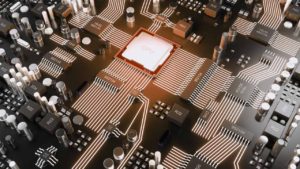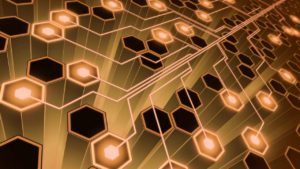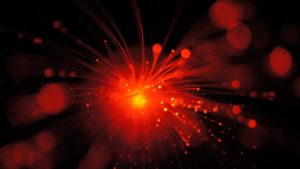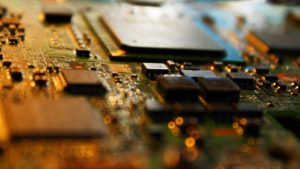Abstract The article discusses the differences between the electromagnetic pulses at lightning (LEMP) and at high altitude nuclear explosion (NEMP or HEMP). The article also shows that these differences do not allow to transfer LEMP experience on to NEMP. The author questions the effectiveness of grounding of electronic equipment as the main protection principle against … [Read more...]
Review of MIL-STD-461 CS115 Impulse Excitation; CS109 Structure Current; RS105 Transient Electromagnetic Field
Introduction I realized earlier that my reviews have covered most of the MIL-STD-461 test methods in the past year, so I decided to prepare this to capture those items that have been omitted in prior articles. Since this is a series close out and the topics have little in common, I’ll take on each instead of using commonality to group multiple test methods. CS115 – … [Read more...]
Be Careful with Low Cost/Quality Common Mode Chokes ….
Dear readers, I have been really busy working in training and EMI troubleshooting in the past months. I am happy to be here again with a new post. This month we will see a topic from a real-world situation - very interesting - for electronic designers working in conducted emissions problems. In one of the projects I was involved with several weeks ago, a product was … [Read more...]
Review of MIL-STD-461 CS103 Intermodulation, CS104 Rejection of Undesired Signals and CS105 Cross-Modulation
Introduction Rapid technology advances in the wireless communications world make test and evaluation of Radio Frequency (RF) devices a difficult subject. It seems that by the time a new device hits the market, it has been made obsolete by the next generation. I recall hearing from a major electronics manufacturer CEO that 90% of sales happen within 90-days of market release … [Read more...]
Electrostatic Discharge (ESD) in Electro-Optic Devices
Many electronic components used in highly technological devices can be damaged or degraded by sudden electrostatic discharges, known by the term Electrostatic Discharge (ESD). Components such as transistors, diodes, laser diodes, electro-optical devices, and a variety of integrated circuits are all sensitive to electrostatic discharge. Many manufacturers are increasingly … [Read more...]
Review of MIL-STD-461 CS117 Lightning Induced Transients, Cables and Power Leads
Introduction Lightning may produce a spectacular display when viewed, but the associated electromagnetic effects (EME) has the potential (pun intended) to severely damage electrical and electronic circuits. MIL-STD-461G added a new test method to evaluate device tolerance for induced current on equipment cables or insulation breakdown from the effects of indirect lightning. … [Read more...]
Introducing Our New Editor-in-Chief: John Blyler
Hi everyone! I'm the new editor-in-chief of Interference Technology - a 40 year old publication that continues to serve and grow its readership. In this role, I plan to build on the good work of the previous editor - Kenneth Wyatt - by selectively broadening the publication into newer technical areas where EMI, EMC, and ESD have become an issue. My goal is to provide a larger … [Read more...]
EMC Laboratory Selection Audit Items
Introduction This blog will provide the reader with an introduction to some of the items that need to be looked at when auditing an EMC laboratory with an eye to placing them on your company’s approved lab list. This is not an in-depth look at each item but is based on my experiences auditing laboratories (both in-house and 3rd party) over a number of years. Key … [Read more...]
The Top-Ten Articles and Blogs as of December 2018
Most magazines like to review the top ten most viewed articles this time of year and Interference Technology is no different. We think our readers and authors are awesome and enjoy highlighting some of the most popular articles to date. So, here we go: What is differential and common mode current, by Ron Brewer. Unwanted conductive and radiative emissions can be … [Read more...]
Review of MIL-STD-461 CE106 Conducted Emissions, Antenna Port
Introduction Let’s take on the challenging evaluation of detection and measurement of antenna port emissions – the unintentional emissions that creep through the device circuitry and are presented to the world through an intentional wireless connection. We are NOT going into an in-depth study of antennas and we are NOT exploring what the unintentional signals may reveal. … [Read more...]
- « Previous Page
- 1
- …
- 4
- 5
- 6
- 7
- 8
- …
- 16
- Next Page »














